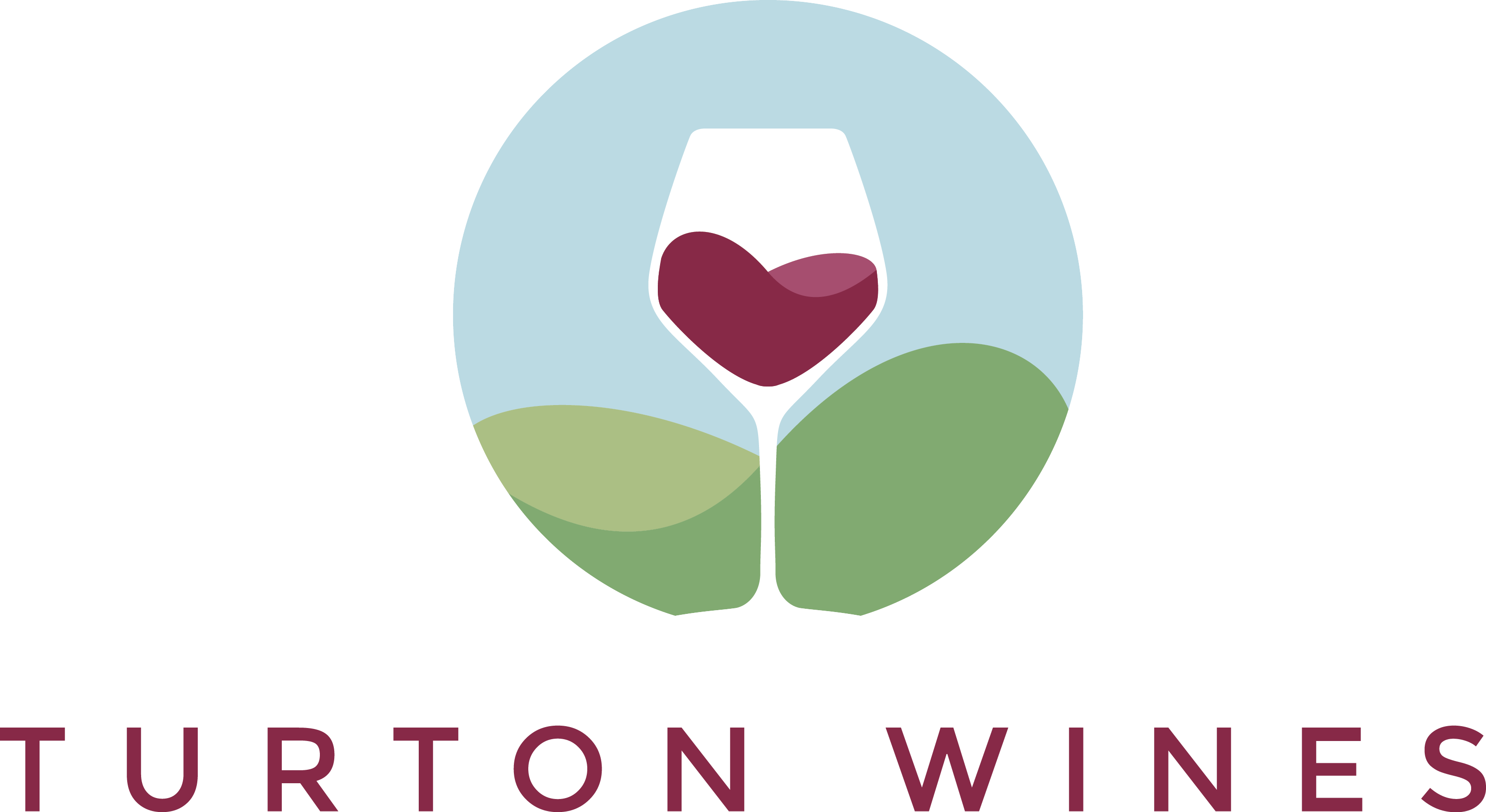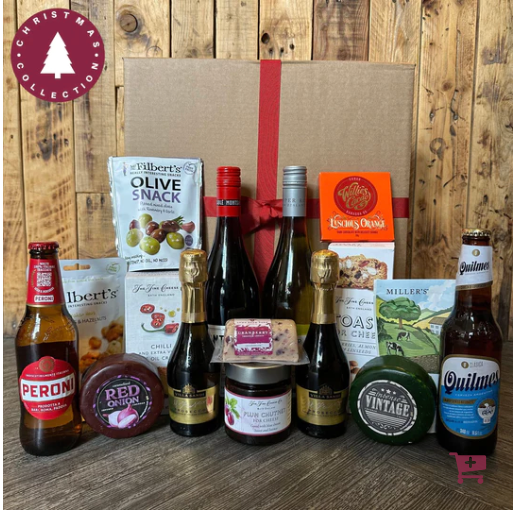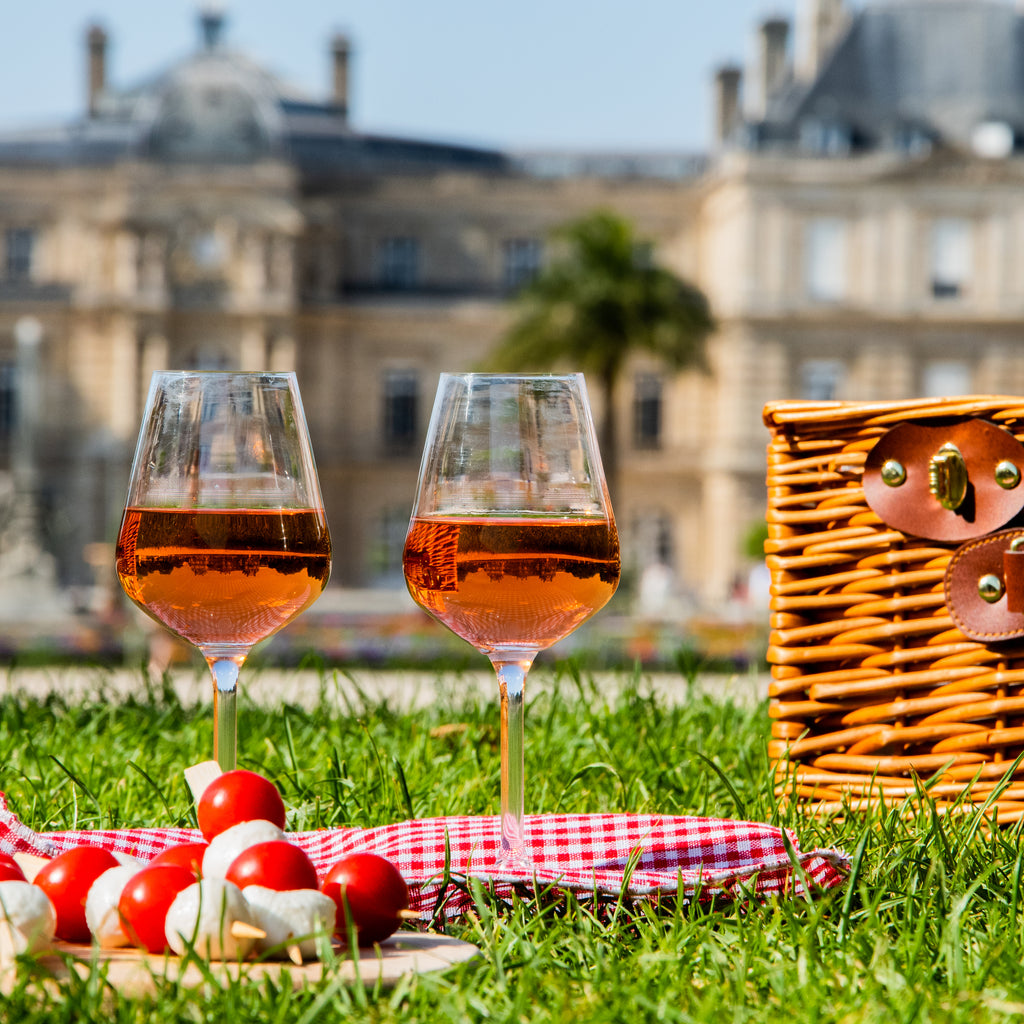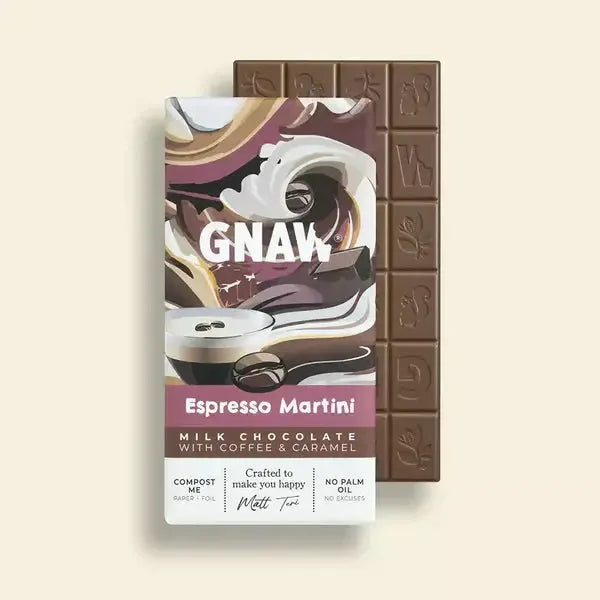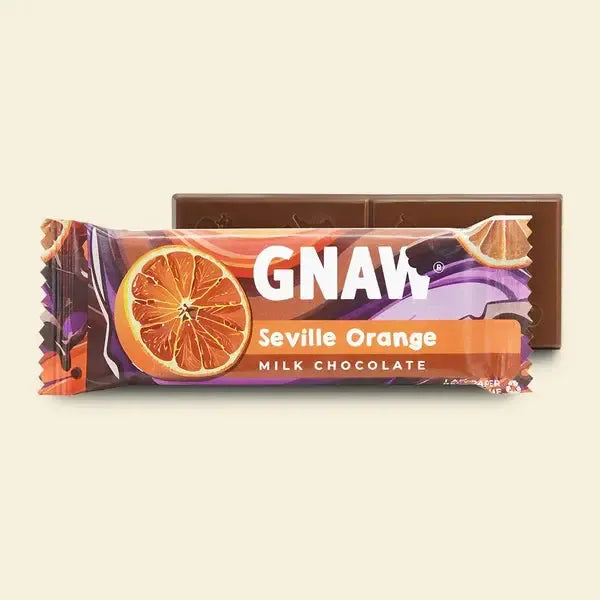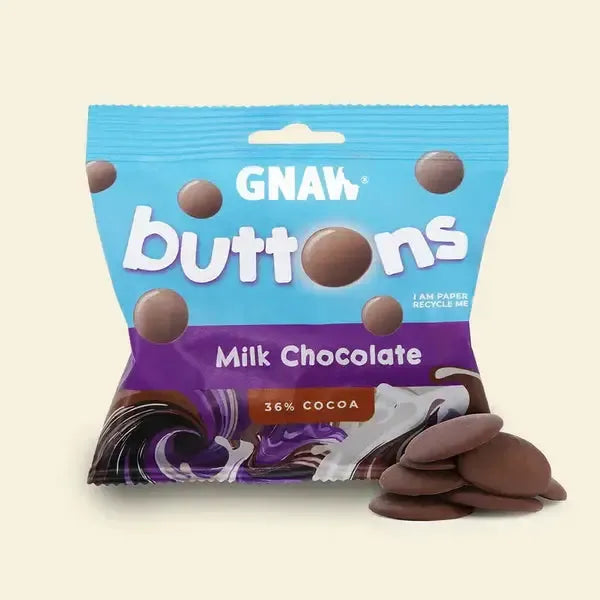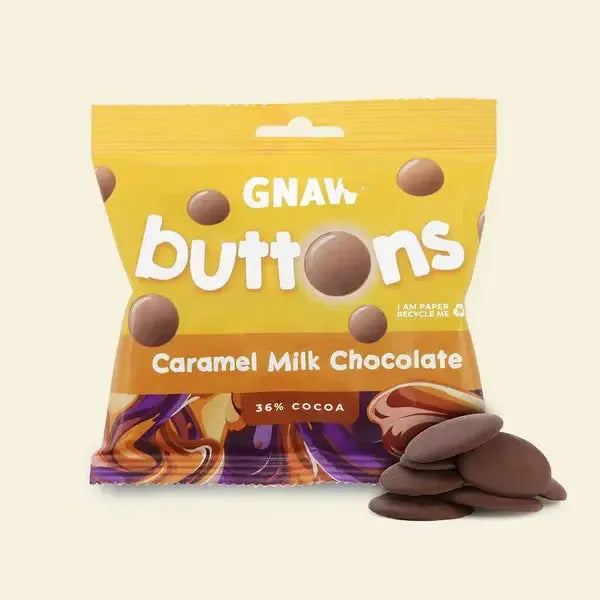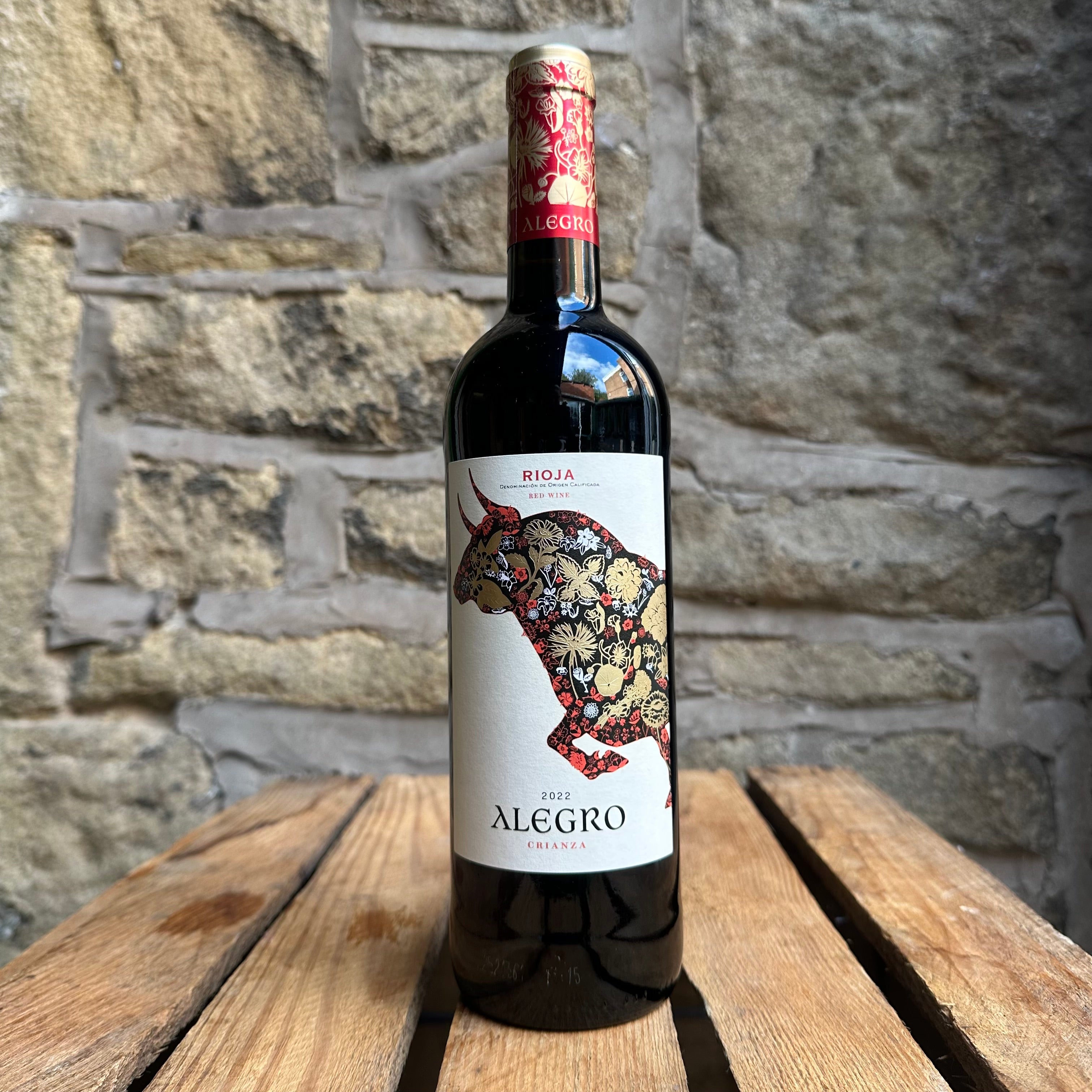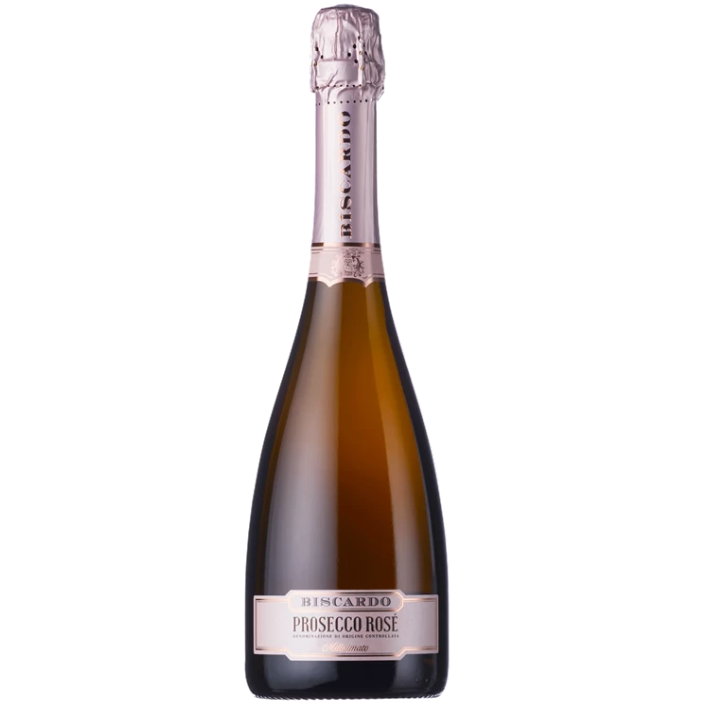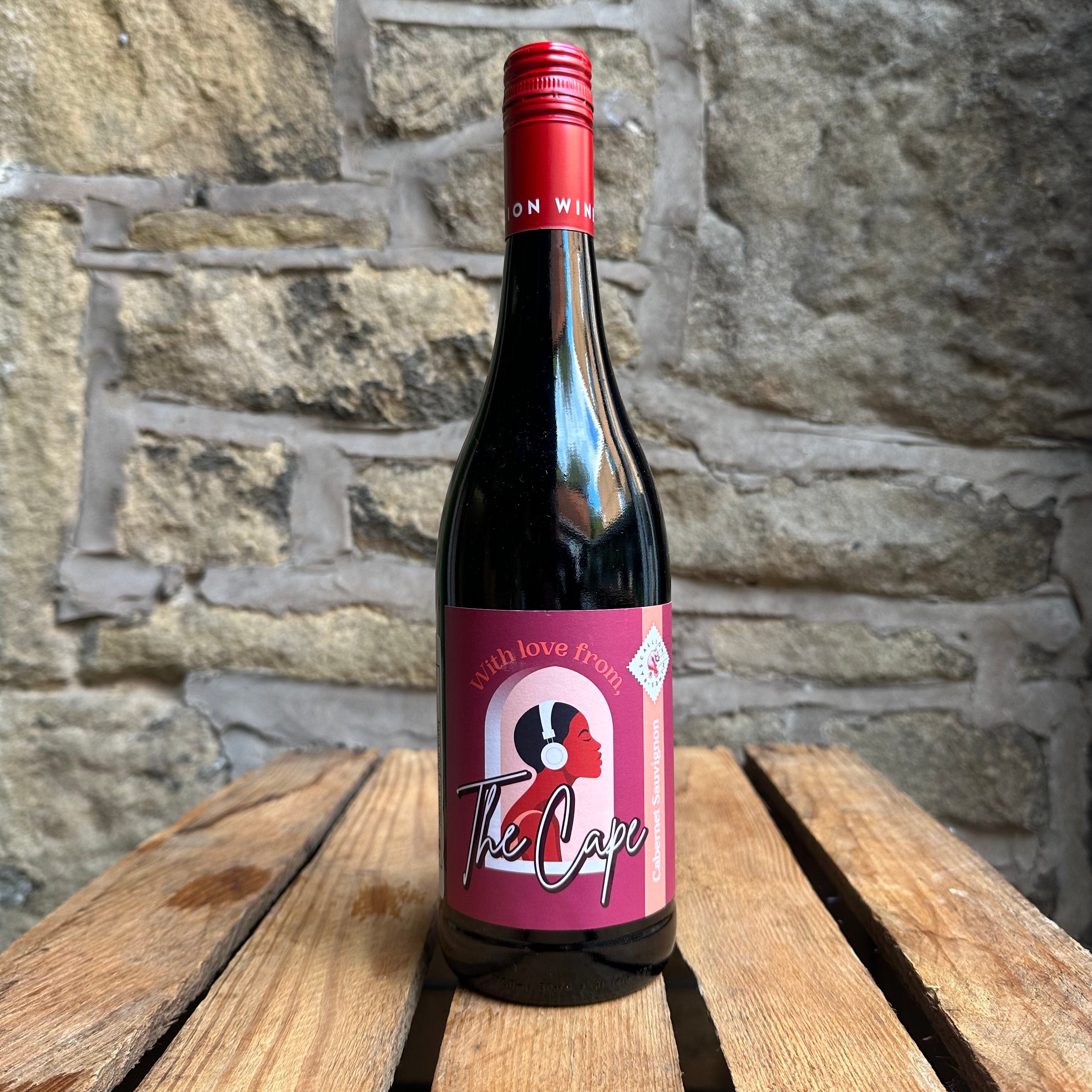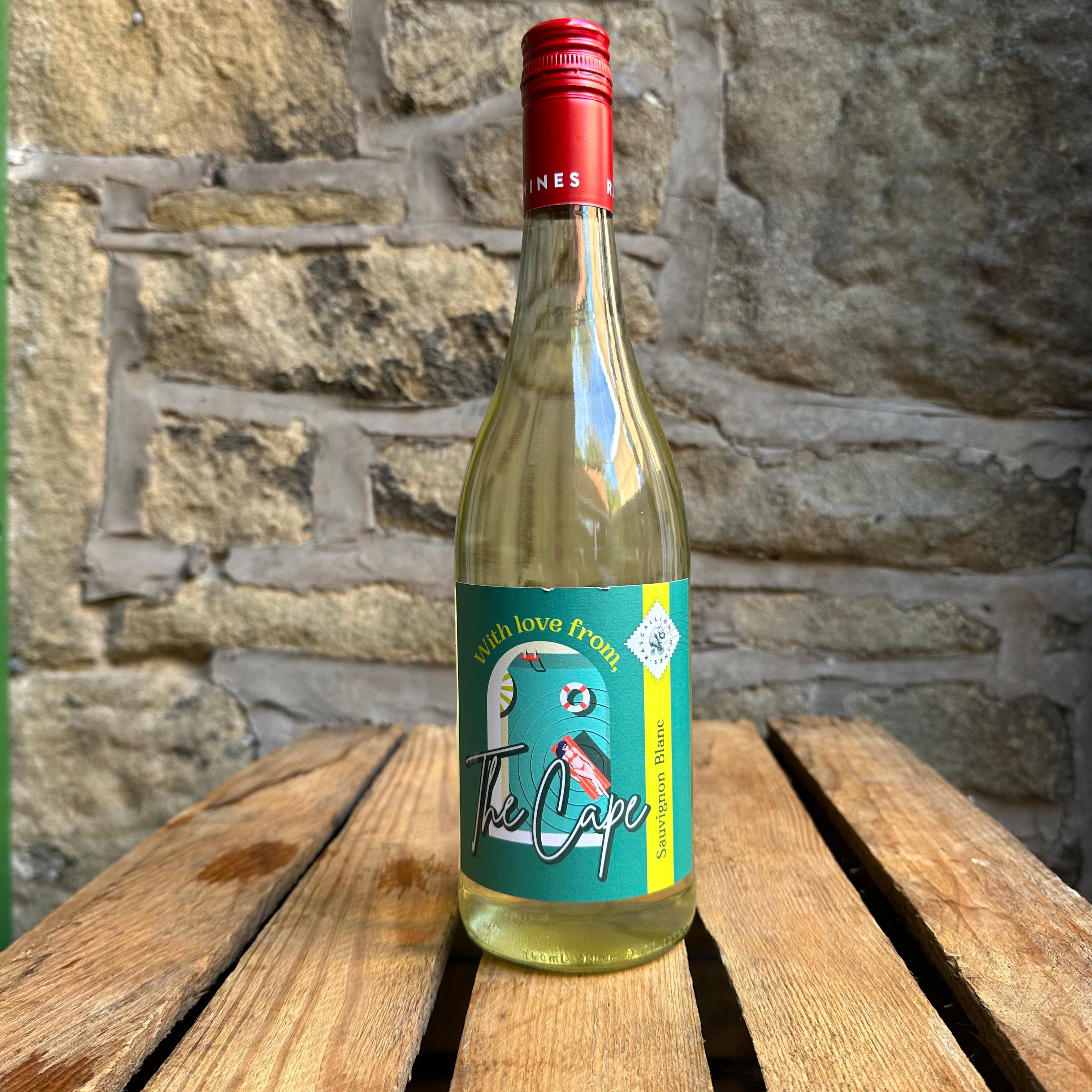
Loire Valley Wines

Map courtesy of https://www.experienceloire.com/loire-valley-wines.htm
The Loire Valley has over 2000 years of viticultural history and this month we celebrate its longstanding and current contribution to the wine industry. Read on for a brief history and closer look at its key, unique appellations with recommended wines to match!
BRIEF HISTORY
The Loire Valley celebrates over 2000 years of viticultural history. Although Nantes on the coast was already renowned from the 1st century, winemaking in the Loire Valley really gained traction from the 5th century with Sancerre in the east and central Touraine also becoming well known. In line with many areas, monasteries took a lead in winemaking for the following centuries, with trade made much easier by the river networks flowing from the Loire, such as Sevre and Maine.
The Count of Anjou became King of England, Henry II towards the end of the 12th century and would only allow Anjou wines to be served in court. This royal preference meant Loire Valley wines remained high in the spotlight, and continued to do so for another thousand years.
The 15th century brought more areas further inland enjoying growth such as Saumur and Vouvray, with the industry continuing to ride high through to the 19th century. Two moments in history caused a break in wine making across France; the French Revolution and Phylloxera crisis that devastated vineyards across Europe, the latter leading many traditional French blends finding a new production home in North Africa.
Once recovery could resume in the 20th century, the focus was very much put on quality over quantity, with the Loire Valley in a perfect place to support the industry. In fact, Loire areas were among some of the first awarded official appellation status from 1936. The region now holds UNESCO World Heritage Site status, awarded in 2000.
Let's delve further into some of these areas.
SAUMUR-CHAMPIGNY
This appellation in central Anjou with its warm temperate oceanic climate holds 1.5k hectares of vineyards. Known for its Cabernet Franc (most widely grown at 85%) and Cabernet Sauvignon, it had a royal reputation as the Huguenot capital from the 12th century under Henry IV. Small, low yield plots sit on the upper Turonian plateau with chalk soils and plateaux whose soils cover the tuffeau bedrock.
The husband and wife team of Domaine Lavigne bring us an enticing Cabernet Franc using old vines of an average of 35 years. Grapes are fermented in stainless steel with the resulting unoaked style expressing purity of the fruit. Rich aromas of raspberry, blackberry and granite character, with a silky, supple palate showing a refreshing dryness on the finish.
POUILLY FUME
This appellation in the far east end of Loire Valley is known for its unique Sauvignon Blanc wines that are rivalled, yet complemented by Sancerre on the other side of the River Loire. One of the first to have its status awarded in 1937, the name denotes the smoky, struck gunflint aroma that defines a Pouilly Fume wine. Key to this is the terroir, with limestone, marlstone, and clays providing perfect conditions for Sauvignon Blanc. Oaked or unoaked, wines retain their area profile regardless.
Domaine de Petit Soumard have been involved in winemaking since 1895 and present their classic Pouilly Fume. Gooseberry and grassy notes in the bouquet, with an underlying smokiness typical of the area. The well structured palate shows honeysuckle, crisp gooseberry and a delicate smoky finish.
SANCERRE
Sancerre became an official appellation in 1936. Its Sauvignon Blanc wines are renowned for their crispness and tighter texture than the softer, smokier wines across the river in Pouilly Fume. Each palate is different, and Sancerre fans have remained loyal in modern times. Some soils are Marl-Gravel, with other soils showing chalk for weightier wines. Sancerre wines are typically unoaked.
Domaine des Charmilles encompass the Sancerre profile with their elegant wine. Delicate floral and nettle aromas mingle with gooseberry before a fresh, tightly balanced palate of citric grapefruit, apples and quince.
MUSCADET SEVRE-ET-MAINE
The Muscadet Sevre-et-Maine appellation takes its name from the two rivers flowing within, that were key to the industry in coastal Nantes prevailing in its early history, and its famed wine. Their Muscadet wines are made with the local flagship grape Melon de Bourgogne (aka Muscadet) and using the 'sur lie' (aged on lees) method, which makes these tangy, zesty wines more layered and supple.
This example from family-run Domaine de la Chauviniere is one of the most popular from the area. Grapes are sourced from century old vines resting on the top of the hillsides of the Maine river with unique granite of Château-Thébaud. Fresh and floral with hints of white flowers and lemon zest on the nose, the palate brings forward lovely ripe lime fruit alongside the lemon notes and a long, crisp finish.
VOUVRAY
The medieval town of Vouvray and its surrounds is known for a range of white wines that can be still, sweet, or sparkling, but always using the Chenin Blanc grape. The appellation has mastered this grape and producers are able to show its breath-taking versatility. Vouvray wines are also renowned for being able to develop with long bottle ageing - something less common in many white wines.
Clos de Nouys winery encompasses the essence of Vouvray, with vines of an average age of 35 years along the river to bring the best wines forward. Their classic Chenin Blanc has intense and fruity aromas showing notes of white flowers and quince. Sweet flavours of citrus fruit and acacia flowers with a touch of fresh almonds balance crisp zest on the dry palate.
TOURAINE
Touraine is a large central area where the Loire and its tributaries meet, It holds several other appellations of high reputation such as the aforementioned Vouvray. Red, white and rose wines are produced with a range of grapes grown across the area, such as Chenin Blanc, Sauvignon Blanc and Arbois white varietals, or Cabernet Franc and Sauvignon, Pinot Noir and Meunier, Gamay, Grolleau and Cot red varietals.
Founded in the 1930's, Domaine des Mazelles reflect this variety with their near century of experience. Their Pinot Noir uses old vine grapes from vines planted in 1974, with traditional fermentation and three-wine-old barrels used for ageing between 9 and 11 months. Sumptuously concentrated with intense berry fruit on the nose of blackcurrant, cherries, and raspberries. The smooth and powerful palate adds layers of liquorice and spiced notes. Their Sauvignon Blanc uses maturation in stainless steel tanks for vibrant, crisp lime aromas with a subtle leafy, herbaceous undertone. Fantastic weight on the palate with classic grassy characters, zesty lime and hints of tropical fruit on the lingering finish. Their Rose uses Gamay grapes from the Mazelles vineyard in the River Cher where flint soils bring excellent drainage. Freshness and power on the nose with notes of small red fruits and citrus before a balanced, round palate and crisp strawberry finish.
